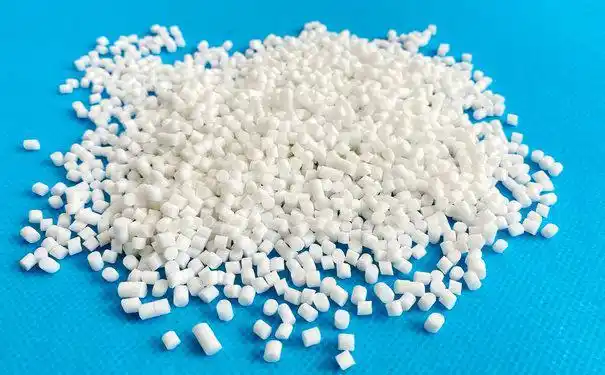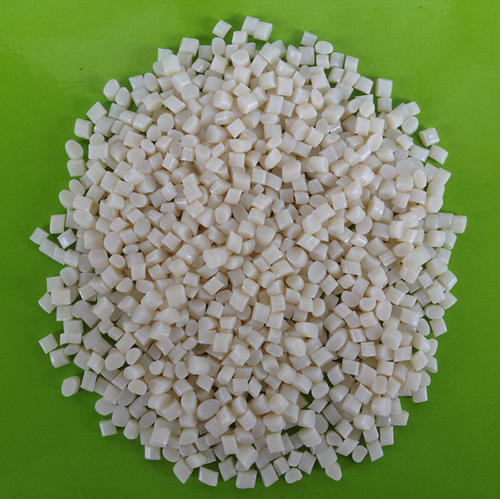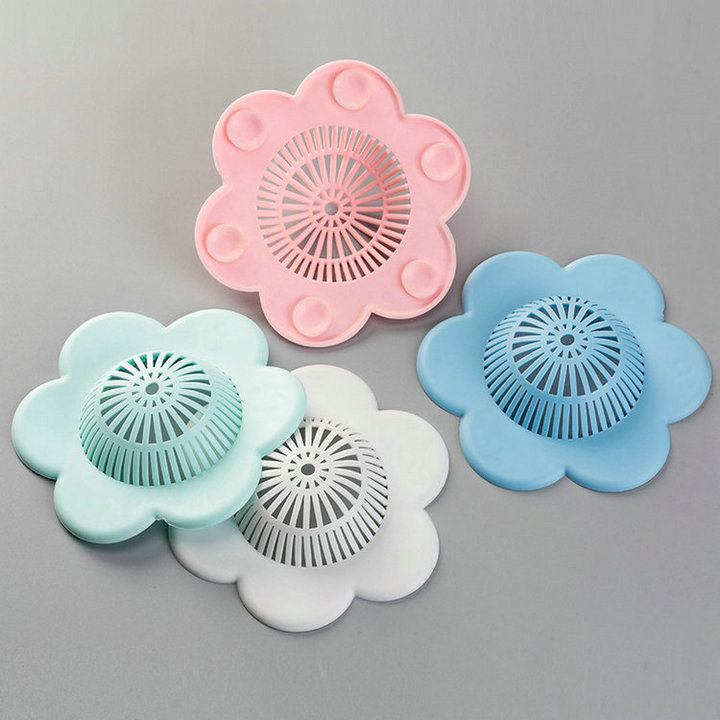When you’ve spent enough years in the plastics field — elbows deep in dusty compounding lines, or finessing tricky overmolding jobs — you start to recognize patterns long before others do. One of the more common (and often frustrating) sights I’ve run into is TPE products developing an oily surface, sometimes days, sometimes months after production.
It might be a children’s toy handle that feels greasy, a fitness grip that picks up dirt like a magnet, or a soft-touch overmold that suddenly looks blotchy. This isn’t just a cosmetic defect; it often becomes a quality complaint and hits brand perception hard.
Let’s dive into why this happens, what’s really going on inside your TPE, and most importantly, what you can do to stop it.

What’s behind this “oil blooming”?
First, we need to clear up a misconception. Many folks think the TPE itself is somehow “leaking.” That’s not exactly right. TPE is a structured blend — typically of a hard thermoplastic phase (like PP or PS) and a soft elastomeric phase (like SEBS or SBS), often loaded with mineral oils to fine-tune softness.
Those mineral oils (or plasticizers) aren’t chemically bonded. They’re physically entangled in the polymer matrix. Given enough time, heat, or stress, they migrate toward the surface, appearing as an oily layer. This is often called blooming or exudation.
Common causes of oil exudation in TPE
From countless troubleshooting sessions — whether reviewing lab samples or standing by injection presses on hot factory floors — I’ve found these to be the usual suspects:
| Cause | Why it triggers oil seepage | Typical sign |
|---|---|---|
| Too much mineral oil (high oil loading) | Exceeds what the polymer matrix can lock in place | Uniform greasy surface |
| Poor oil-polymer compatibility | Oil is too light / low viscosity, poorly solvated by TPE | Patchy oil spots, sometimes droplets |
| Elevated storage temperatures | Heat accelerates diffusion of oil to surface | Faster onset of oiliness |
| Long dwell time in the melt | During extrusion/molding, separates phases slightly | Surface tack right after molding |
I’ve consulted for many compounders who push oil loadings up to 30-40% by weight, aiming for ultra-soft, low Shore A compounds. It’s a tempting shortcut because increasing oil is cheaper than using more elastomer. But once you exceed the saturation threshold of the polymer network, the oil essentially waits for a chance to migrate out.
There’s also the issue of using cheaper white mineral oils, often low-viscosity paraffinic types, that don’t mesh well with the elastomer. Over time, they “sweat out,” especially under cyclic mechanical stress (think squeezing a soft TPE grip repeatedly).

A case from my own projects
A few years back, I worked with a sports goods brand launching a series of brightly colored TPE dumbbell grips. We did the first production runs, everything looked flawless. But within two weeks on the shelf — under strong store lighting — the grips developed an unmistakable greasy sheen. Customers started complaining that dust and gym chalk stuck stubbornly to them.
We ran extractions on the returned samples. Turns out the oil content was a whopping 38% by weight, and the oil’s kinematic viscosity was too low for the selected SEBS. Under modest heat in the store, it simply crept to the surface.
We fixed it by:
lowering total oil to 28%,
switching to a higher-viscosity naphthenic oil,
adding a small portion of a high molecular weight SEBS to tighten the network.
Why processing matters too
It’s not just about the recipe. How you process your TPE matters tremendously.
If the extrusion residence time is too long or melt temps too high, you can cause phase separation, effectively “squeezing” some oil out of the polymer microstructure.
Improper cooling or too rapid mold release can also leave oil poorly distributed, concentrating at or near the surface.
I always recommend doing a dynamic shear stability test (basically repeated passes through a small extruder or two-roll mill) to see how well your formulation holds oil under mechanical stress.

Environmental factors: the hidden accelerators
Even if you’ve got a balanced formulation, external factors can push oil out faster:
| External factor | How it accelerates oil migration |
|---|---|
| High ambient temps (warehouses, trucks) | Reduces oil viscosity, speeds diffusion |
| Ozone & UV exposure | Slight oxidative changes reduce polymer’s holding power |
| Mechanical compression | Repeated squeezing literally pushes oil out |
How to keep oil from seeping out of TPE
Over years of trial, error, and more than a few frustrating failures, here’s the proven toolkit I use to reduce or eliminate this problem:
1. Optimize oil type and level
Use the lowest oil loading possible to achieve your softness target.
Prefer higher-viscosity oils with better compatibility for your specific SEBS or SBS base.
Avoid very light paraffinic oils unless you’ve proven they won’t migrate.
2. Upgrade your polymer network
Increase high-MW SEBS content to better trap oil.
Sometimes adding a small fraction of PP can improve interlocking.
3. Add anti-migration aids
Specialty resin modifiers or certain amorphous polyolefins can “tighten the net.”
Fumed silica or similar can physically restrain oil movement (though too much makes your TPE hazy and stiffer).

4. Control processing parameters
Keep melt temps as low as feasible.
Ensure uniform mixing, proper screw speed, and adequate cooling.
5. Design packaging and storage wisely
Avoid tightly compressed packaging if possible.
Store at moderate temps — not under skylights or near warehouse heaters.
Little field tricks that make a difference
In several projects, we cut oil seepage dramatically just by adding 0.5-1% high-surface-area talc, which physically slows oil from reaching the surface. It doesn’t solve the underlying thermodynamics, but it can reduce surface sheen enough to meet QC checks.
I’ve also recommended dual-layer approaches: using a skin layer (even thin, 0.2mm TPE of lower oil content) over a very soft core. This keeps the touch point clean and oil-free, while still giving the user that plush feel.
Why it’s so critical to address oil blooming early
Many brands only realize the seriousness of this issue after receiving warranty returns or seeing their products trashed in social media reviews for feeling “sticky” or “gross.”
Once oil is on the surface:
It picks up dirt and dyes from hands.
It may interfere with printing or laser marking.
It’s very hard to clean off permanently.
Solving it proactively saves both your reputation and a ton of warranty hassle.

Related Q&A
Q: Can I just wipe off the oil that seeps out?
You can, but it will come back. The migration is driven by internal equilibrium — once some oil leaves, more works its way to the surface to restore balance.
Q: Is there a test for how much oil might come out?
Yes. We often use extraction tests (like ASTM D792 for oil content changes after solvent soak) or accelerated aging at 70-80°C to see how fast oil rises to the surface.
Q: Will switching from SEBS to TPU stop this?
Most likely. TPU doesn’t rely on mineral oil for softness — its flexibility is intrinsic to its polymer chain, so you won’t see oil exudation. But you also lose some of the velvety, low-modulus feel of TPE.
Q: Can color masterbatches affect oil seepage?
Surprisingly, yes. Certain poorly dispersed pigments or carrier resins can locally disrupt polymer/oil compatibility, creating micro-pathways that let oil rise faster. Always test your final formulation with color.





